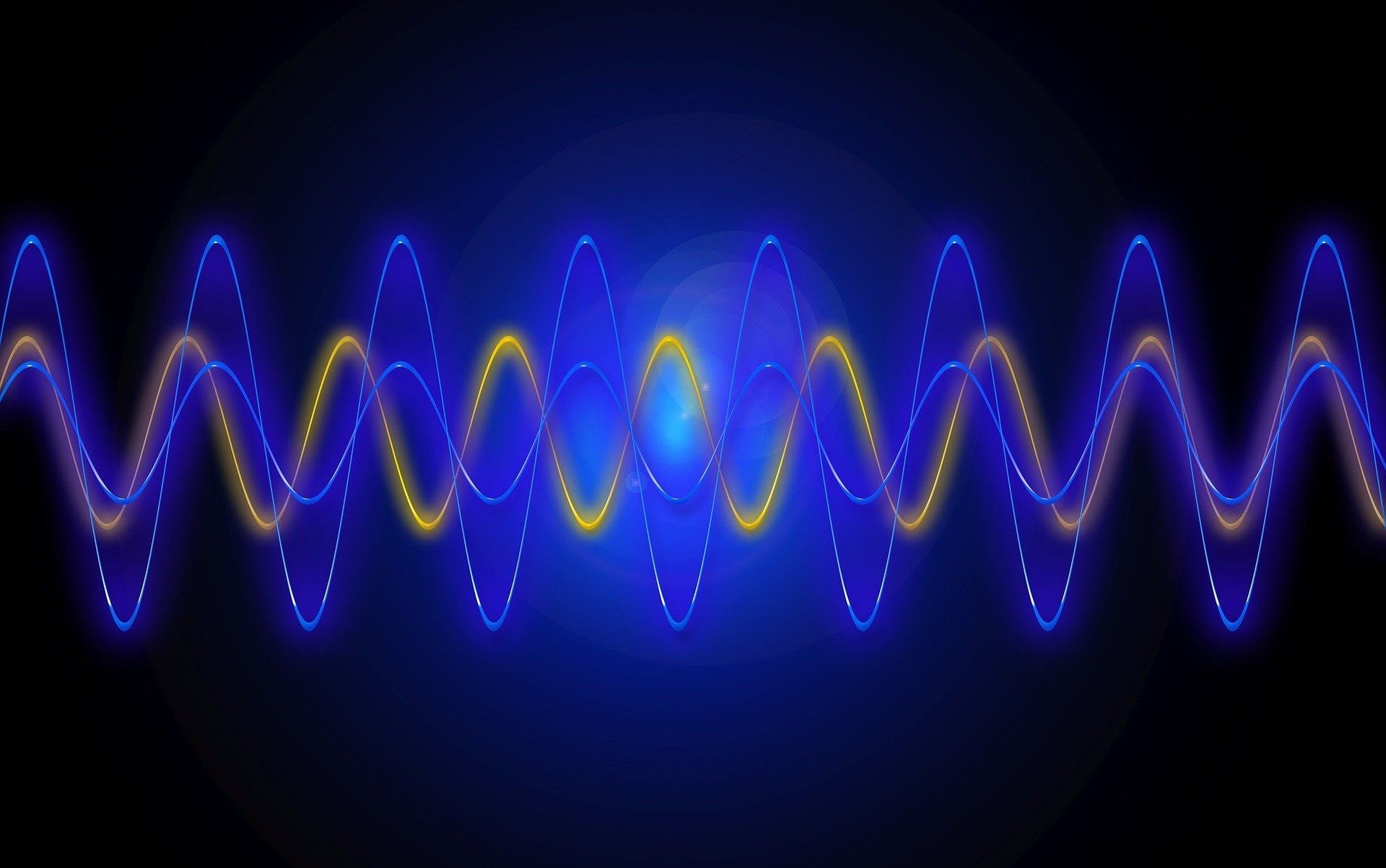Sep 5, 2018
Can sustainable development co-exist with current economic growth?
Posted by Bill Kemp in categories: economics, mathematics, sustainability
New research confronts the elephant in the room—the ‘trilemma’ of population growth, economic growth and environmental sustainability—and reveals the vast incompatibility of current models of economic development with environmental sustainability.
Using data collected from across the globe, national economies and natural resource use were closely examined by an international team of scientists using a mathematical model.
The results suggest that as long as our economic system retains its current structure, and if population growth continues, both high- and low-income countries will fail to achieve environmental sustainability.
Continue reading “Can sustainable development co-exist with current economic growth?” »


















